Remediation of Contaminated Sites
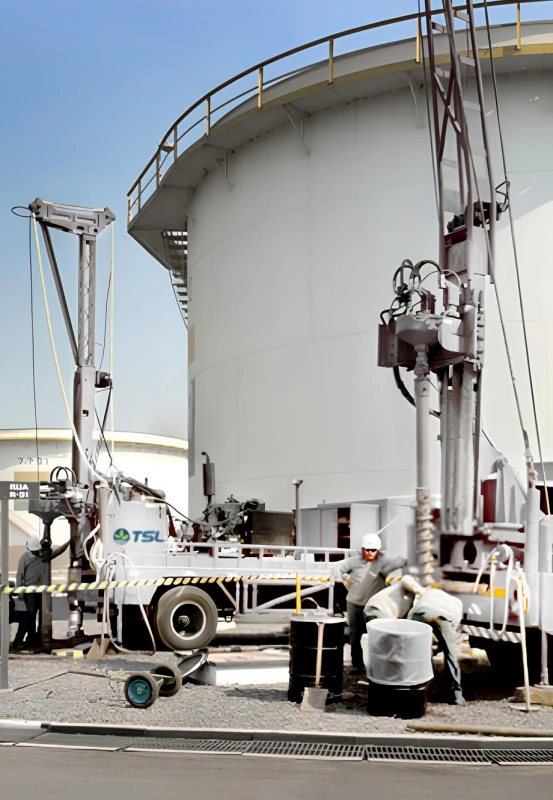
TSL offers diagnosis and remediation services for soil and groundwater covering all the stages of the management of contaminated sites established by the Brazilian Environmental Agency and by the standards and methodologies internationally recognized.
TSL also has the best technologies available in the market for Rehabilitation of Contaminated Sites.
Main activities
- Environmental Preliminary Assessment
- Survey Information available in public bodies
- Field Data Collection
- Conceptual Model Development
- Evaluation of the need for Emergency Actions
- Confirmatory and Detailed Investigation
- Survey / Soil Sampling
- Installation of Monitoring Wells
- Risk Assessment
- Groundwater Sampling
EXECUTION OF REMEDIATION PROJECTS
Remediation In Situ
- In Situ Remediation
- Pump-and-Treat
- MPE (Multiphase Extraction and Multiphase extraction)
- AS / SVE (Air sparging / Soil Vapour Extraction)
- DPE (Dual-Phase Extraction)
- Oxidation / Reduction Chemical
- Monitored Natural Attenuation
Ex Situ Remediation
- Excavation
- Biopile
- Thermal Desorption
- Incineration
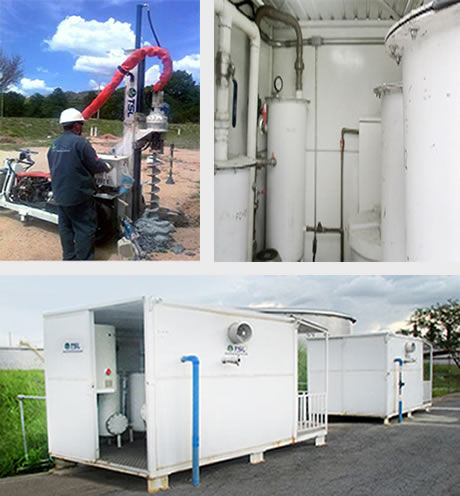
Excavation/Removal
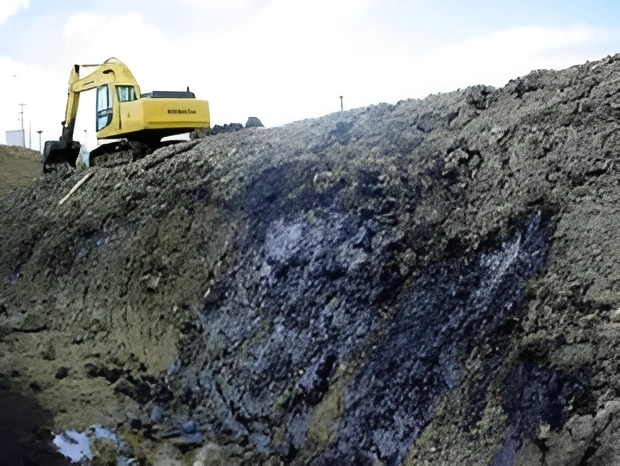
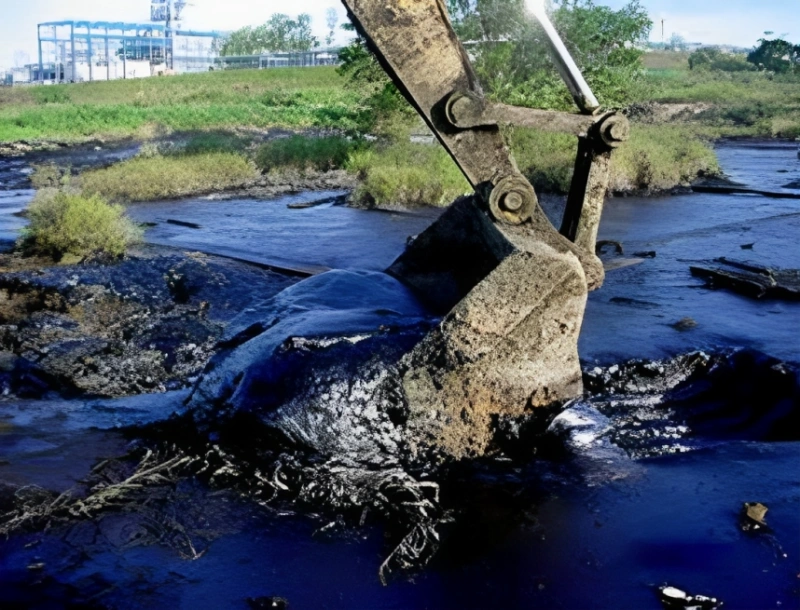
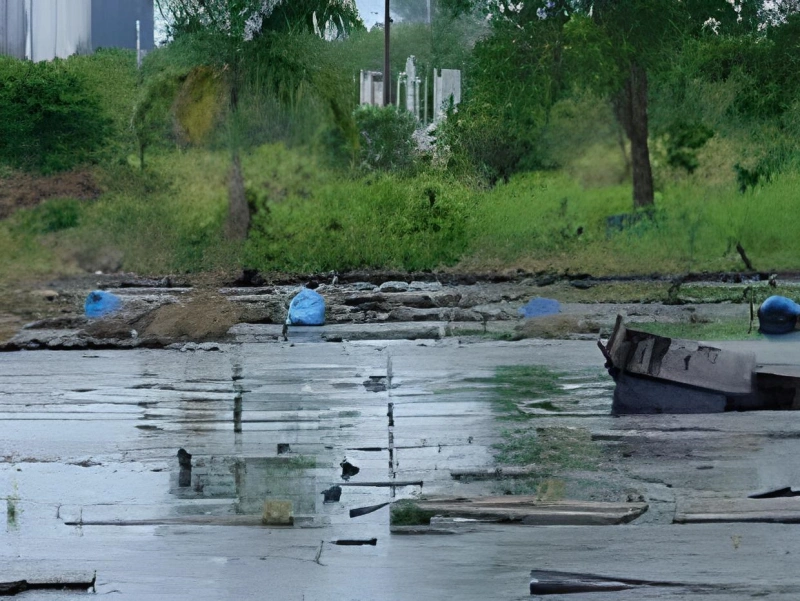
Remediation process of contaminated soil using a thermal desorption process
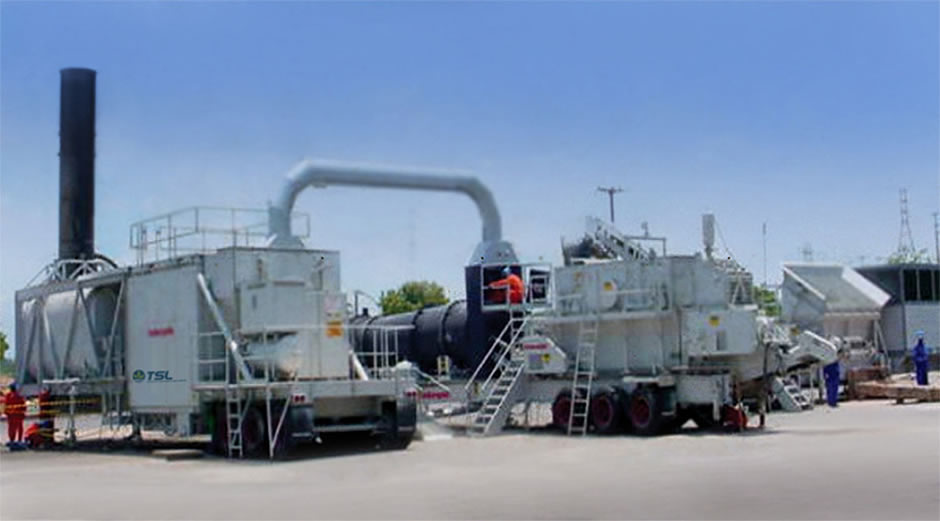
Thermal desorption is a remediation process for contaminated soil, sludges, residues and other substances. Desorption is a back to front absorption, in this instance an evaporation of organic contaminants and petroleum derivatives that have contaminated soil.
There is a pre-treatment in which the soil is screened and homogenized prior to entering the desorption unit, a rotating drum like furnace in which the temperature is sufficient to volatise humidity and the contaminant hydrocarbons.
Gases from this process are forced through a bag filter that retains solid particles and subsequently an incineration stage eliminates the last inorganic particles. The residue of fully decontaminated soil passes through a cooler from where it can return “to nature”.
Advantages
- This is a highly adaptable process finding applications with numerous substances for which the contamination problem stems from petroleum and its derivatives that are volatile organic compounds (VOC), semi volatile organic compounds (SVOC) and polyaromatic hydrocarbons (PAH).
- It is an effective process that is guaranteed to remove 99.5% of hydrocarbon pollutants.
- The process eliminates not only contaminant solids but disposes effectively of the gases generated during the process.
- The desorption equipment is transportable and operates in situ, which is to say the machine goes to the place where there is a problem, thus avoiding costs and inherent risks accruing to the handling, temporary storage and transport potentially dangerous materials.
- The process is self contained and automatic in all its stages.
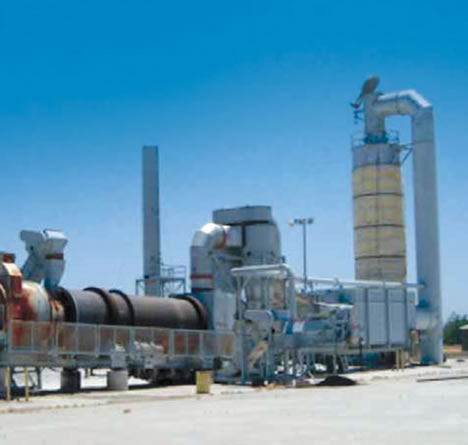
Incineration unit
Process
TSL´s Incineration Unit is a modern contaminant destruction system for contaminated soils and wastes that require temperatures above 800 ° C integrated into a complete off-gas tratment comprised of cyclones, afterburner,gas washer and baghouse,in order to achieve the most strictest emissions standards .
Characteristics
Mobile System: the equipment can be transported to the customer site, eliminating the costs and risks of accidents inherent in handling these materials in temporary storage and transportation and it is a fully automated system controlling the entire treatment process.
Biopiling as a remediation process of contaminated soils

Process
Biopiling is a remediation process used for soil contaminated with hydrocarbons. The process accelerates the action of microbes normally found in the soil by aeration, humidity control and nutrients such as nitrogen and phosphorous, as well as substances that improve the soil structure Aerobic microbe activity degrades hydrocarbons thus reducing their concentration.
Biopiling starts by laying out impermeable mats to avoid seepage of leachate and soluble compounds into the subsoil. Before building the pile a network of air pipes connected to an air blower are installed, the function of which is to aerate and further accelerate the process. It is usual to cover the piles with a tarpaulin to protect them from wind and rain and to prevent the escape of contaminates material into the immediate environment.
Advantages
- Natural process without harmful side effects;
- Flexible process allowing corrections during operation;
- Presents a cost / benefit very attractive compared to other treatment methods.

